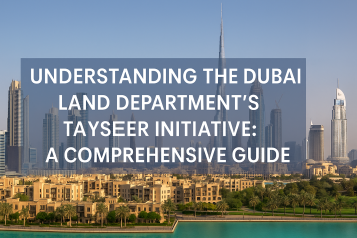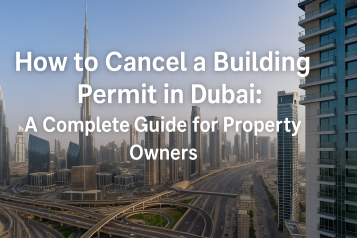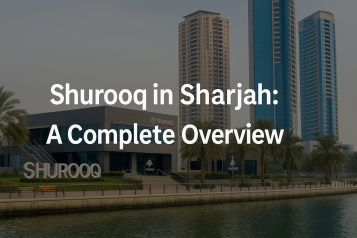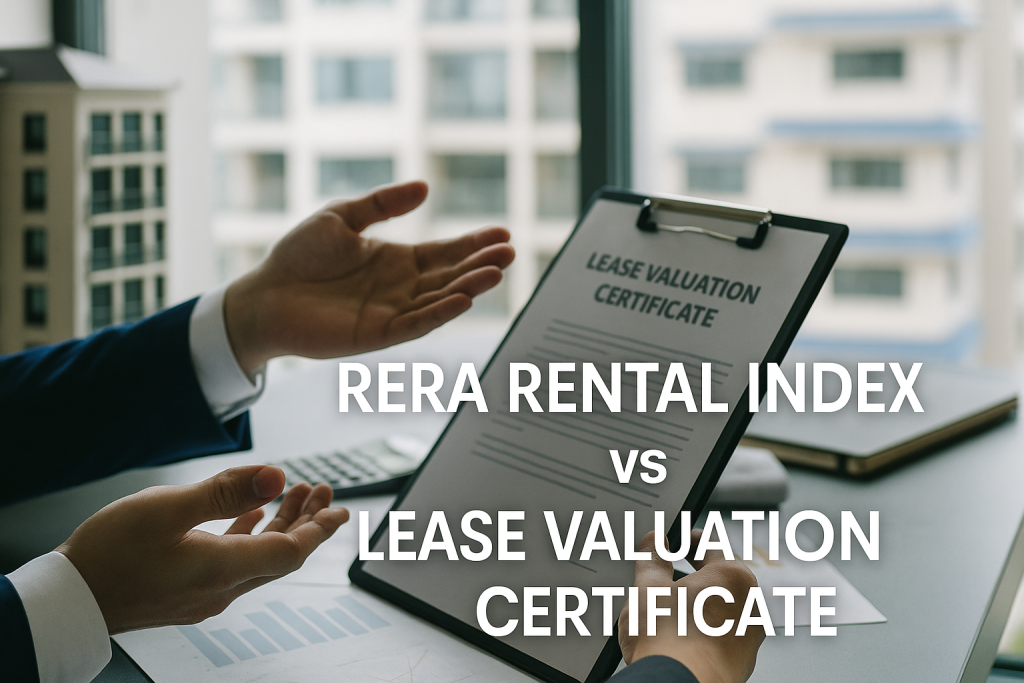

Table of Contents
- Introduction
- What Is the Dubai Urban Master Plan 2040?
- Five Key Goals of the Urban Plan
- Strategic Growth Areas
- Implications for the Real Estate Sector
- Sustainability and Green Spaces
- Mobility and Infrastructure Enhancements
- Affordable Housing and Livable Communities
- Impact on Investors and Developers
- Challenges and Implementation Risks
- Case Study: Real Estate Alignment with the Urban Plan
- Common Missteps in Interpreting the Plan
- Regulatory Oversight and Approvals
- Frequently Asked Questions (FAQs)
- Final Thoughts
- Call to Action (Homecubes)
Introduction
Dubai has long been a global leader in urban innovation, blending futuristic architecture with well-planned infrastructure. As the city prepares for a sustainable, human-centric future, the Dubai Urban Master Plan 2040 emerges as the emirate’s bold blueprint. The Urban Plan outlines a comprehensive roadmap to accommodate a projected population of 5.8 million by 2040, reshaping how communities, real estate, and infrastructure will evolve in the next two decades.
As part of the Dubai 2040 Urban Master Plan, we have approved the master plan for Saih Al Salam Scenic Route, featuring new facilities, activities, events, and services. Our goal is to increase the number of visitors by 600% to reach over 3 million by 2040. We have also approved… pic.twitter.com/RnW2ZUXeLS
— Hamdan bin Mohammed (@HamdanMohammed) October 20, 2024
This article explores the key highlights of the Urban Plan, the impact on property investors, developers, and what it means for Dubai’s long-term position as a sustainable urban hub.
What Is the Dubai Urban Master Plan 2040?
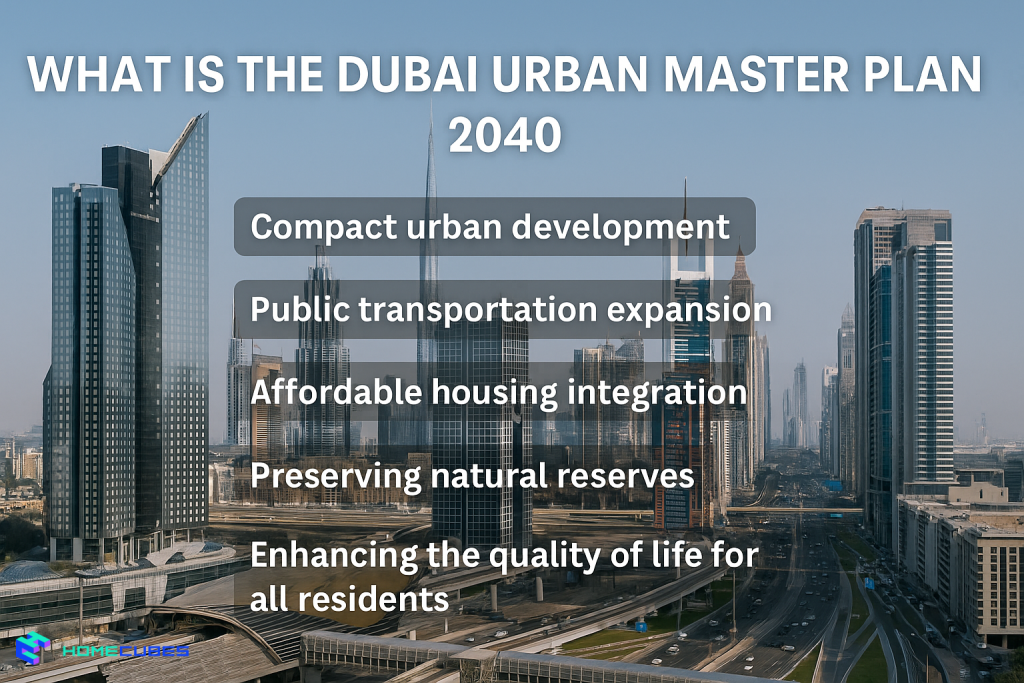
The Urban Master Plan 2040, launched by HH Sheikh Mohammed bin Rashid Al Maktoum in March 2021, is Dubai’s fifth urban plan since 1960. It aims to transform the city’s layout and functionality by focusing on sustainability, inclusivity, and livability.
The plan emphasizes:
- Compact urban development
- Public transportation expansion
- Affordable housing integration
- Preserving natural reserves
- Enhancing the quality of life for all residents
The vision revolves around creating a “20-minute city”, where residents can access 80% of essential services within a 20-minute walk or bike ride.
Five Key Goals of the Urban Plan
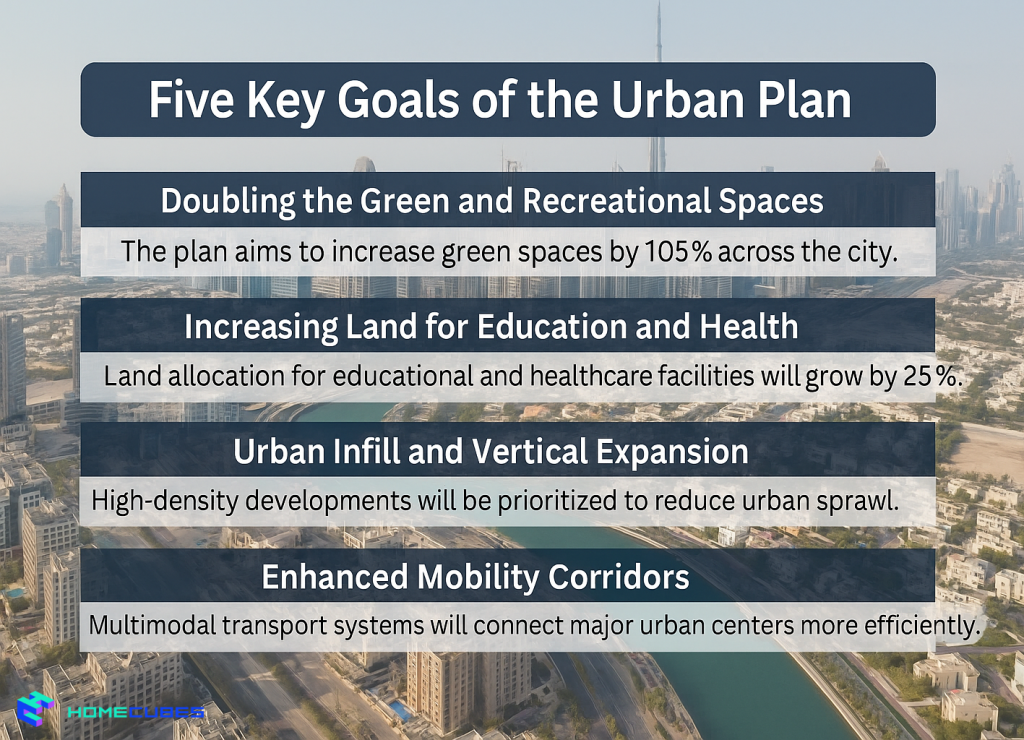
- Doubling the Green and Recreational Spaces
- The plan aims to increase green spaces by 105% across the city.
- Increasing Land for Education and Health
- Land allocation for educational and healthcare facilities will grow by 25%.
- Urban Infill and Vertical Expansion
- High-density developments will be prioritized to reduce urban sprawl.
- Enhanced Mobility Corridors
- Multimodal transport systems will connect major urban centers more efficiently.
- Preservation of Natural and Heritage Areas
- Coastal areas, cultural landmarks, and nature reserves are to be protected and integrated into the development model.
Strategic Growth Areas
The plan identifies five urban centers that will drive future development:
- Deira and Bur Dubai – Historic districts upgraded for tourism and heritage value
- Downtown and Business Bay – Financial and commercial expansion
- Dubai Marina and JBR – Residential and leisure enhancements
- Expo 2020 District – Emerging innovation and tech corridor
- Silicon Oasis – Tech and knowledge hub for smart industries
These hubs will be focal points for mixed-use development, urban innovation, and infrastructure upgrades.
Implications for the Real Estate Sector
The Urban Plan significantly boosts investor confidence by clearly outlining long-term zoning priorities. Developers can now better plan residential, commercial, and mixed-use projects with a more stable regulatory outlook.
Key takeaways for real estate:
- Expansion of freehold zones to attract foreign investment
- Growth in mid-income housing to meet rising demand
- Greater emphasis on walkable neighborhoods and integrated communities
- Incentives for smart and green buildings
This strategic clarity benefits everyone — from large-scale developers to individual property investors.
Sustainability and Green Spaces
A core theme of the Urban Plan is environmental sustainability. Notable sustainability goals include:
- 55% of residents to live within walking distance of parks
- Nature reserves to occupy 60% of the emirate’s total area
- Implementation of solar energy infrastructure in new districts
- Smart irrigation and waste management systems
This environmental commitment is expected to increase the value of eco-conscious developments and support Dubai’s Net Zero 2050 ambitions.
Mobility and Infrastructure Enhancements
Dubai’s transformation into a 20-minute city requires major upgrades in infrastructure:
- Cycling lanes to expand to 1,000 km
- New metro lines and autonomous transport systems
- Digitally integrated road networks
- Mixed-use transit-oriented developments (TODs)
This infrastructure not only supports urban density but also enhances property accessibility and value.
Affordable Housing and Livable Communities
The plan specifically focuses on increasing the availability of affordable and mid-range housing:
- New districts to be zoned with inclusionary housing requirements
- Supportive infrastructure like public schools, healthcare clinics, and parks will be prioritized
- Urban design guidelines emphasize community cohesion, wellness, and safety
- Dubai’s focus on mid-income housing mirrors Abu Dhabi’s approach using buyer retention systems.
For investors and developers, this shift presents opportunities in multi-family units, rental communities, and fractional ownership models.
Impact on Investors and Developers
The Urban Plan provides predictability and alignment with broader macroeconomic goals. Major real estate benefits include:
- Clarity on growth corridors and zoning regulations
- Opportunities for public-private partnerships (PPPs)
- Long-term support for smart city infrastructure
- Increased reliance on buyer matchmaking tools supports faster absorption in target growth areas
Real estate tokenization, modular construction, and AI-powered property management systems are expected to align closely with the plan’s technology-forward outlook.
Challenges and Implementation Risks
Despite the ambitious vision, some challenges persist:
- Execution across multiple government entities
- Balancing development with heritage preservation
- Potential oversupply in specific residential submarkets
- Ensuring affordability doesn’t compromise developer margins
Mitigating these risks will require tight coordination, clear KPIs, and private sector engagement.
Case Study: Real Estate Alignment with the Urban Plan
Case Example: Dubai South & Expo City
Following the Urban Plan framework, Dubai South has evolved into a self-sustained, mixed-use district integrating residential, logistics, aviation, and innovation hubs. Properties in the Expo City area have seen heightened demand due to clear zoning under the plan and proximity to infrastructure.
Developers aligning early with the Urban Plan have gained higher absorption rates and investor interest.
Common Missteps in Interpreting the Plan
- Assuming blanket growth across all zones: The plan favors densification in specific hubs.
- Ignoring regulatory dependencies: Developers must stay updated on zoning approvals and integration protocols.
- Underestimating mid-income housing demand: High-end luxury developments without community integration may underperform.
Regulatory Oversight and Approvals
Several bodies coordinate the Urban Plan’s rollout:
- Dubai Municipality – Urban planning and infrastructure
- Dubai Land Department (DLD) – Zoning and freehold mapping
- RERA – Compliance and project approvals
- Dubai Supreme Committee for Urban Planning – Strategic oversight
Investors and developers are encouraged to work with DLD’s platforms like Dubai REST and the Smart Investment Map for data-driven decisions.
Frequently Asked Questions (FAQs)
How does the Urban Plan impact property prices?
It provides stability and transparency, which boosts investor confidence and long-term asset value.
Is the 20-minute city concept achievable?
Dubai’s infrastructure investments suggest the goal is attainable, especially with new transit lines and smart technologies.
Will new freehold zones be announced?
Yes, the plan anticipates expansions to attract more foreign investors.
How can I invest in line with the Urban Plan?
Focus on districts identified for growth, mixed-use development, and proximity to mobility networks.
Does the plan affect existing communities?
Yes, older neighborhoods will undergo upgrades to align with new livability standards.
Final Thoughts
The Dubai Urban Master Plan 2040 is more than a vision — it’s a transformative framework that redefines how people live, work, and invest in Dubai. By focusing on sustainability, density, walkability, affordability, and smart infrastructure, the plan supports inclusive growth that benefits both residents and global investors.
For real estate stakeholders, aligning with the plan offers more than opportunity—it offers long-term security in a future-ready city. As Dubai evolves, so too must your investment strategy.
Looking to Align Your Investments with Dubai’s Urban Future?
At Homecubes, we specialize in bridging urban planning insights with future-forward real estate strategies. As we prepare to launch our tokenized real estate platform, aligned with Dubai’s Urban Master Plan and regulatory frameworks, now is the perfect time to explore how digital property investment will fit into the emirate’s next chapter.
📩 Contact us today to stay informed about our upcoming launch and be the first to access properties tailored for Dubai’s 2040 vision.

